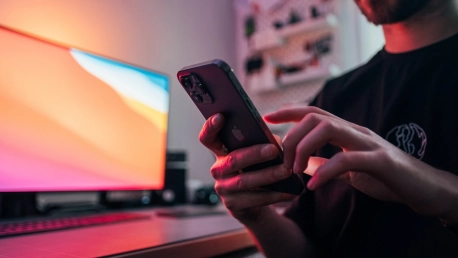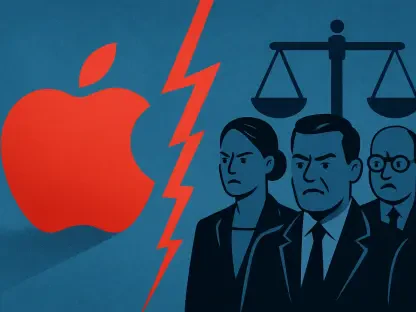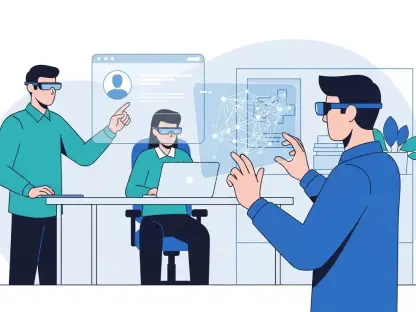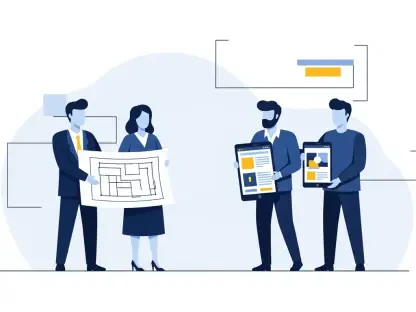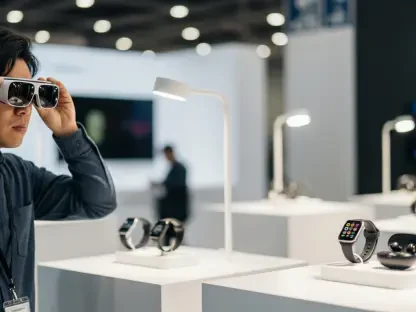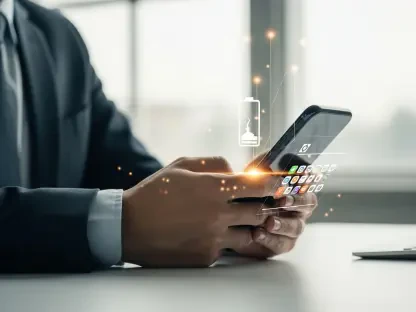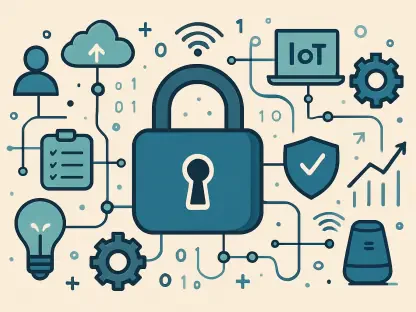Our cell phones are so much more than just a means of communication. With technological advancement and the evolution of mobile applications, our mobile devices have become impossible to live without; from banking and shopping, to work and study, they play an invaluable role in making our lives easier, more convenient, and more efficient.
Mobile apps have revolutionized how we interact with the world around us. While some of these apps exist solely for our ease and convenience, for disabled people, they’ve been the difference between enjoying full access to the world and not. Living in the Uber era, where everything is accessible from the palm of your hand, is not just a novel additive to our social fabric—it has completely changed the lives of millions of people.As access to mobile app development has become more prevalent, we’re seeing a rise in apps that specifically cater to disabled people and meet their needs.
This rise in assistive technology within mobile app development is highly welcome and an incredible niche market that services millions of people across the globe. With Artificial Intelligence, we’re likely to see an increase in startups focusing on mobile apps that improve access and promote inclusivity for disabled people—bringing together purpose, passion, and profit in unique business models.
“Be My Eyes” – A Case Study for Assistive Technology App Development
Be My Eyes is an exceptional example of what happens when purpose, impact, and value come together in the world of assistive technology and mobile app development. Launched in 2015 by Danish founder, Hans Jorgen Wiberg, the app has gone on to win multiple awards (from both Google and Apple), has over 7 million volunteers, and helps just over half a million blind and low-vision users.
The concept is crowdsourcing volunteers to assist the blind and visually impaired with small, daily tasks. This could be checking the expiry date on a milk carton, helping with sorting items, or even assisting someone with directions in an unfamiliar environment.
When assistance is needed, users call a volunteer (matched usually according to language and country), and the sighted person can “lend their eyes” over video. It’s an elegant solution; simple, sophisticated, and easy to use.
Most importantly, the app is free for users and volunteers. Corporate clients generate income under the Be My Eyes “Specialized Help” category, which connects users to customer service representatives from companies like Microsoft and Google.
What perhaps is not immediately obvious about an app like Be My Eyes, is that the impact of a call goes far beyond meeting the immediate needs of a visually impaired person. Users have spoken of the incredible social joy, assurance, and community that comes from connecting with another person. While AI has been a brilliant catalyst for the evolution of assistive app development (and we’ll get to that next), we must remain mindful that in some parts of the world, the stigma and discrimination of life with a disability can result in a lonely, isolated existence.
Rarely can it be said that a startup can do no wrong, but with Be My Eyes, they’ve seemed to hit a sweet spot. Users and volunteers alike feel more empowered and connected, and without any fees, this app is helping the blind and low-sighted in low-income countries live independent and full lives.
Artificial Intelligence in Assistive Applications
While the benefit of apps that encourage human interaction cannot be overstated, there’s still a dire need for AI integration in assistive mobile app development. Not only has AI made it quicker, easier, and cheaper to develop apps, but the wide variety of applications and use cases has allowed for the rapid development of assistive applications.
In the 2020s, AI is seeing a resurgence as the buzzword in technology, largely due to massive gains in the mainstreaming of AI with apps like ChatGPT. However, AI in assistive technology has been present in mobile devices since Apple first debuted Siri in 2011.
AI assistants like Siri have helped millions of people with disabilities to effectively and seamlessly utilize their devices, indirectly improving their independence and quality of life. This has been incredibly important as cell phones have become solely touchscreen with no identifiable markings or features. Being able to use commands like “Hey Siri, call Mom” ensures that no one is left behind as we continue to develop mobile technology.
And while cell phones have several adaptive features built into them, it’s the possibility of using AI to develop apps that meet the needs of disabled people that is truly exciting! Currently, assistive applications work to address needs in the following categories:
- Vision
- Speech, hearing, and communication
- Time & task management
- Emotion/behavior
- Motor skills
- Miscellaneous/specialized needs
AI has the potential to not only create new accommodations for disabled people, but also to challenge the cost of access.One of the best examples of this is Braille AI Tutor. This app has gamified the braille learning process, making it not only accessible and affordable, but also fun. The importance of this cannot be overstated in a country where the braille literacy rate is in freefall, largely due to the excessive cost of hiring a specialist tutor.
The Business Case for Assistive App Development
Corporates and startups focused on creating apps for the disabled community have managed to tap into something rare in business: not only is there a strong social element to their projects, but it is also a great business opportunity. The assistive technology software market is steadily growing. Financial forecasts predict that this industry will grow from $705m (2022) to $958m by 2028.
Currently, the major players in development are in Asia and North America, with competition to provide the best possible accommodations to people in need. It’s a win-win like no other, ensuring that the people so often overlooked in society are solely prioritized, while angel investors and corporates clamor to work with startups in the space. Be My Eyes raised $2.8m in their Series A funding in 2020, while ObjectiveEd, the startup behind Braille AI Tutor, developed the app as part of Microsoft’s AI for Accessibility Program.
These factors have raised awareness of accessibility, and the result has also been an increase in ease of access. Corporations and startups are working hard behind the scenes to ensure their technology works for everyone. From Apple’s introduction of a new accessibility mode to combat cognitive difficulties to Netflix’s release of a custom subtitles feature, the tech industry has a clear mandate: tech must innovate inclusive of all in mind.
Conclusion
In so many ways, our mobile devices are a gateway to the world. We conduct business on our cell phones, we tell our stories and share our lives; we shop, we bank, we make memories, and now more than ever, they’re tools for convenience and ease.
To ensure everyone can enjoy the benefits modern technology affords us, assistive apps are paving the way for people with disabilities to live full lives and reach their potential. AI has been instrumental in accelerating the adoption of accessible tech, and the business case for doing so is sound.
Accessible app development is just getting started, and we can’t wait to see what the future entails!
